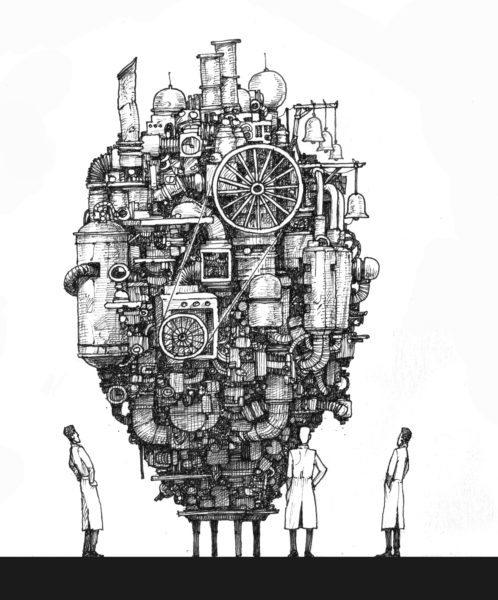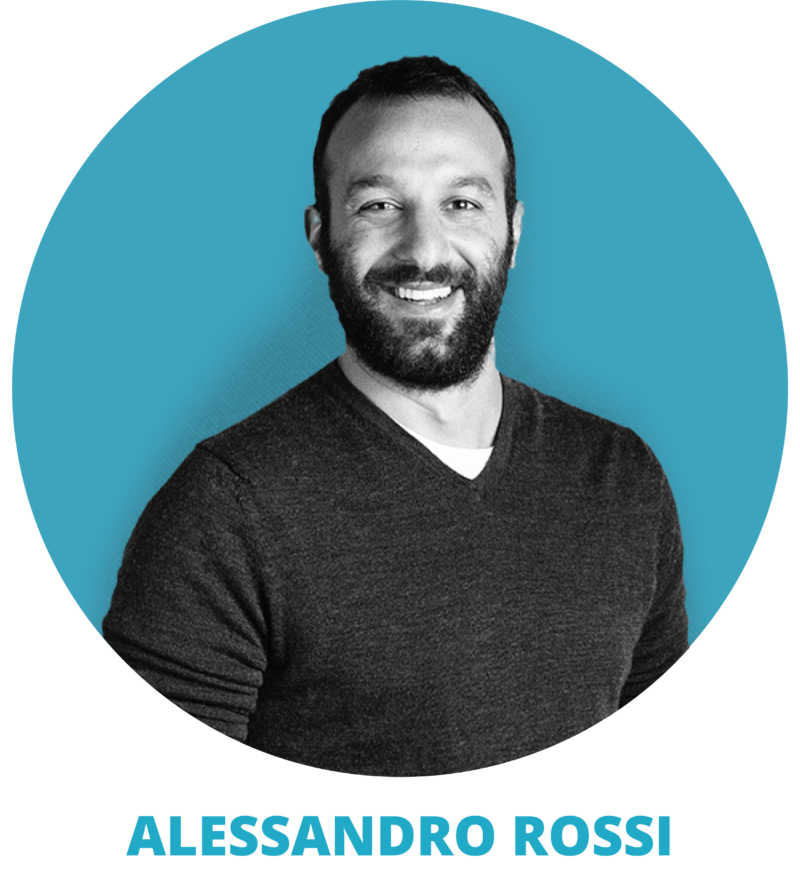Let’s resume the journey towards the Teal organization from the paradigm that represents the Western world par excellence: the Orange organization, oriented towards results. Compared to the previous Amber paradigm, there is no absolute right and wrong, organizations no longer appear within a static universe, governed by immutable rules, but as a complex clockwork, whose internal workings and natural laws can be investigated and understood. In this paradigm, the metaphor changes from the previous ones: the organization is seen as a machine.

the characteristics
Effectiveness becomes the yardstick for making decisions: a better understanding of how the world works leads to greater results and the best decision is the one that generates the highest return and achieves success.
Orange thinking was born during the Renaissance and developed during the Age of Enlightenment and the Industrial Revolution; cognitive abilities increased to the point that they were able to question the Amber authority. Since the end of the Second World War up until today the Orange paradigm has been dominant, not only in most organizations, but also in the political world.
the new terminology
Scientific research, innovation, and entrepreneurship are terms born within this paradigm that have gradually enabled ever-increasing prosperity. This stage has led to an unprecedented level of freedom and awareness. “Where the Red perspective was egocentric and the Amber perspective ethnocentric, the Orange paradigm led to the possibility of a world-centric perspective. According to the Orange perspective, all individuals should be free to pursue their own goals in life and the best in their field should be able to perform at the top. In practice, however, the Orange-Results paradigm does not sufficiently deconstruct the traditionalist Amber-Conformist world as much as its thinking would promise“.
In fact, from a more advanced stage, it is possible to outline the downsides of the model as well: orange leadership is success-oriented and the goal is to WIN, beating the competition, gaining market share and consequently increasing profit and growth. Self-preservation of the organization is the ultimate goal in the Orange paradigm, which leads to corporate greed, a short-term political vision, excessive consumption and reckless exploitation of the planet’s resources and its ecosystems. A purely materialistic vision of the world, where the ego reaches its peak and the continuous need to meet new goals in order to be happy does not allow to fully enjoy the present. So we live in the future, continuously consumed by the thought of what we must do to achieve what we have set for ourselves.

the novelties
The most effective example of Orange Organizations are the large multinationals, and there are 3 main innovations that this paradigm brings: innovation, responsibility, meritocracy.
- Innovation: change is no longer a threat, but an opportunity. The pyramid is the basic structure, but the organization is based on processes and projects, where the rigid hierarchical and functional boundaries are “pierced” by project groups, virtual teams, and cross-functional initiatives to accelerate communication and innovation.
- Responsibility: the managerial and leadership style is changing. There is a shift to predict & control. To innovate faster, it becomes a competitive advantage to exploit collective intelligence, giving trust to action. Management by objectives is created. The top management formulates the directions that cascade towards the structure. To a certain degree, the top thinks about the “what”, the rest of the organization thinks about the “how”. Several new management practices are born: planning, budgeting, KPI, balanced scorecard. People are driven by individual success. Incentive processes and mechanisms, performance appraisals and bonus schemes are invented.
- Meritocracy: modern “human resources” are born with their own practices and processes. Meritocracy is an incredible innovation in equity and social justice. The most obvious symbols of hierarchical stratification are largely eliminated. However, people now wear a “professional mask”: one must always be up to the part, in control and competent. Rationality is valued above everything else; emotions, doubts and dreams are not to be shared. And the signs of status still persist: larger offices, reserved parking spaces and first-class flights for senior managers, while subordinates work in cubicles and travel second class.
the issues
A big problem of these organizations is their real consistency: the centrality of the ego often makes even the good intentions ineffective (for example, the decisions to initiate bottom-up processes to increase innovation: it makes perfect sense but in practice there is a fear of losing control. Or think of the often “fake” budget process (De Massis et al., 2011)).
From an organizational point of view, a fundamentally differentiated structure remains as in the amber paradigm. In some ways, the specialized and functional vision is even more emphasized: centralization as a management model is often taken to the highest levels as it is perfectly consistent in terms of efficiency. It begins, however, as already mentioned, to “pierce” the pyramidal structure with a vision by processes. This approach is a precursor to the move to the next integrated phase. The vision by processes, the use of “task forces”, the attempt to extend innovation to all levels are the first attempts, even if not always successful, to recompose the whole towards an integrated and customer-oriented organization.
Lastly, the concept of stability and immutability is overcome; the world is perceived as undergoing great change and requires the ability to adapt effectively.
This view is based, however, on the belief that a rational and objective response to situations can be found. Help and support is sought from experts, and the predict & control decision-making model finds its highest expression in the constant attempt to find objectivity, albeit sometimes not verifiable, between cause and effect. “Perceive – Analyze – Respond” is the dominant approach. We speak in this case of good practice. Since it is a strongly engineering approach, the ideal context is the complicated, as its full potential can be explored in contexts where there are real cause-and-effect relationships that require great depth. Instead, in contexts or sectors where human interaction is high, it shows strong limitations due to an excess of scientific-reductionist vision. These limits of the Orange organization will try to be overcome by the next evolutionary stages, primarily by the Green paradigm, which we will see in the next post.
Would you like to learn more
about the TEAL world?


